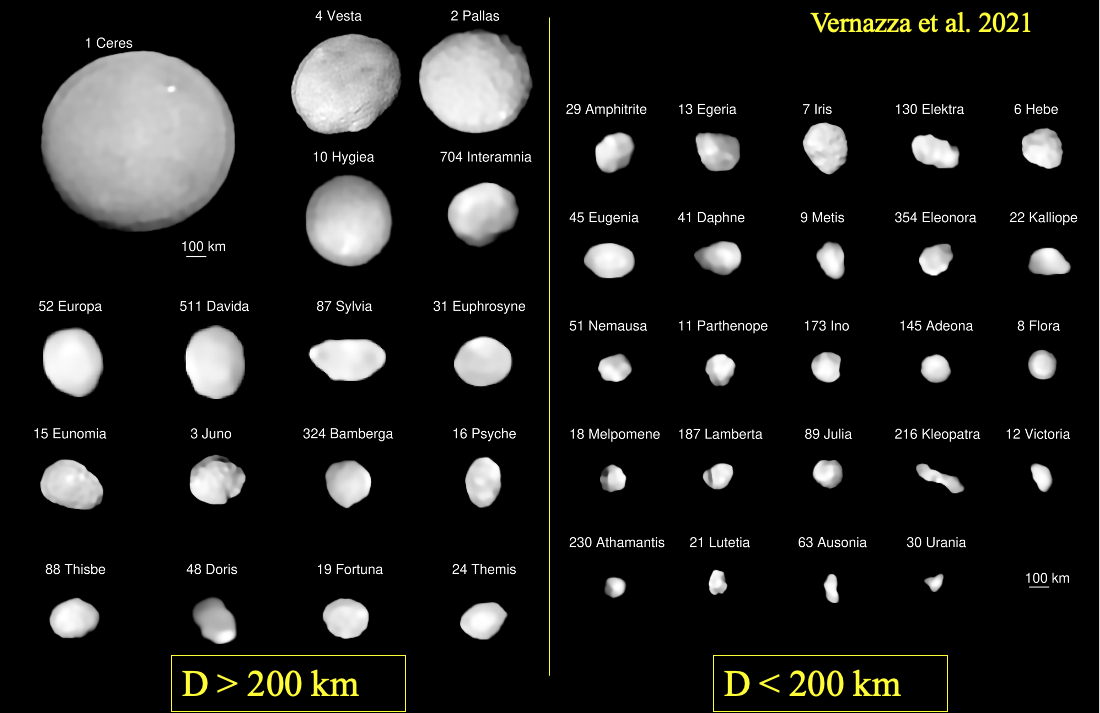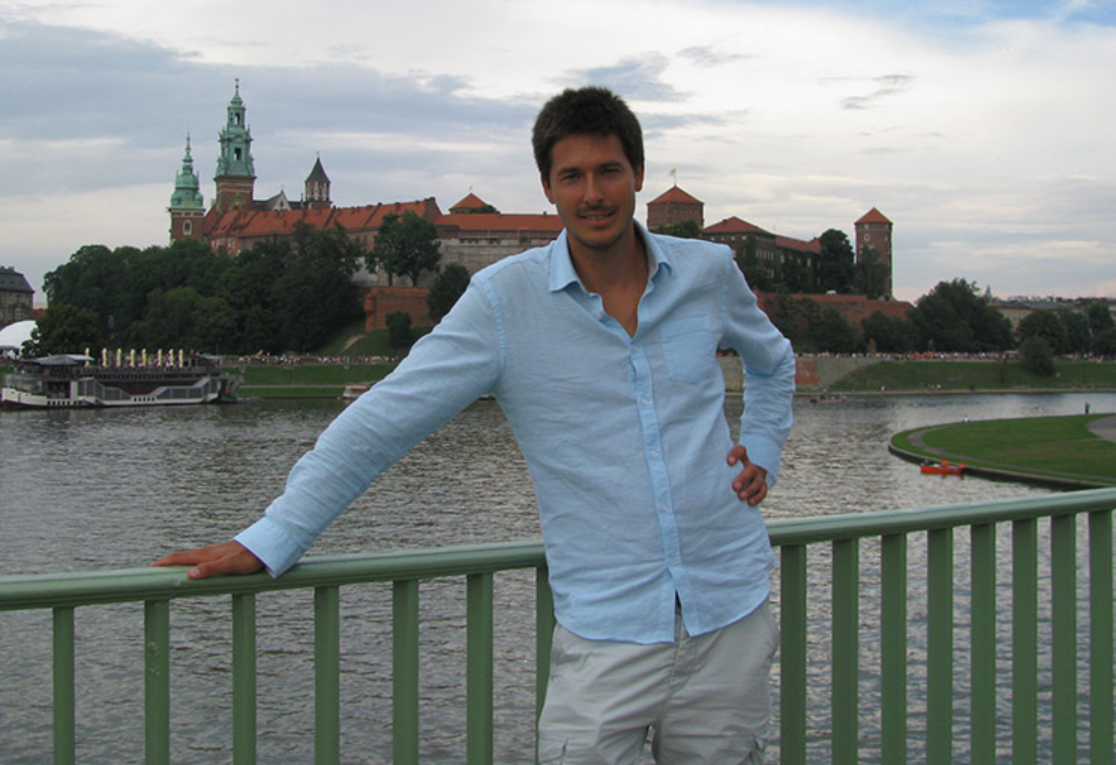Watch: Apr.21 Prof. Pierre Vernazza: Constraints on the formation and evolution of the largest main belt asteroids | Topical Review
Speaker: Pierre Vernazza
(Laboratoire d’Astrophysique de Marseille, FR)
Apr.21, 2022
3 pm GMT+8

Until recently, only three large main belt asteroids, Ceres, Vesta and Lutetia, had been imaged with a high level of detail, as they were visited by the space missions Dawn and Rosetta of NASA and the European Space Agency, respectively. The previously small number of detailed observations of asteroids meant that, until now, key characteristics such as their 3D shape or density had remained largely unknown. Between 2017 and 2019, I have been filling this gap by leading a high-angular-resolution imaging survey of 42 large main-belt asteroids with VLT/SPHERE (ESO large programme), sampling the main compositional classes. These observations have allowed to cast some light on the following fundamental questions:
– What is the diversity in shape among large asteroids and are the shapes close to equilibrium?
– How do large impacts affect asteroid shape?
– What is the bulk density of large asteroids and is there a relationship with their surface composition? Is there any evidence of differentiation among those bodies?
– Is the density of those bodies that are predicted to be implanted bodies from the outer Solar System (P/D-types) compatible with that of small (D ≤ 300 km) trans-Neptunian objects?
– What physical properties drive the formation of companions around large asteroids?
About the Speaker

My research has so far mainly consisted in characterising the distribution of the composition of small bodies throughout the solar system in order to provide new constraints on their origin, formation and evolution and more generally to models of solar system formation. To properly conduct my various projects, I have utilised two different yet complementary approaches, namely i) laboratory experiments and ii) Earth-based observations. As one of the six French scientists at the origin of the FRIPON camera network (www.fripon.org), that has progressively become a worldwide network, I am also involved in the detection and characterisation of the matter entering our atmosphere. In the case of large meteorite falls occurring on the French territory, I am participating actively to the recovery campaigns. My research has not only been focusing on the formation and evolution of small bodies but also on that of telluricplanets such as Mercury and Mars via its moons.
Finally, I have been working very actively on the definition of the main science goals for future space missions towards small bodies.
